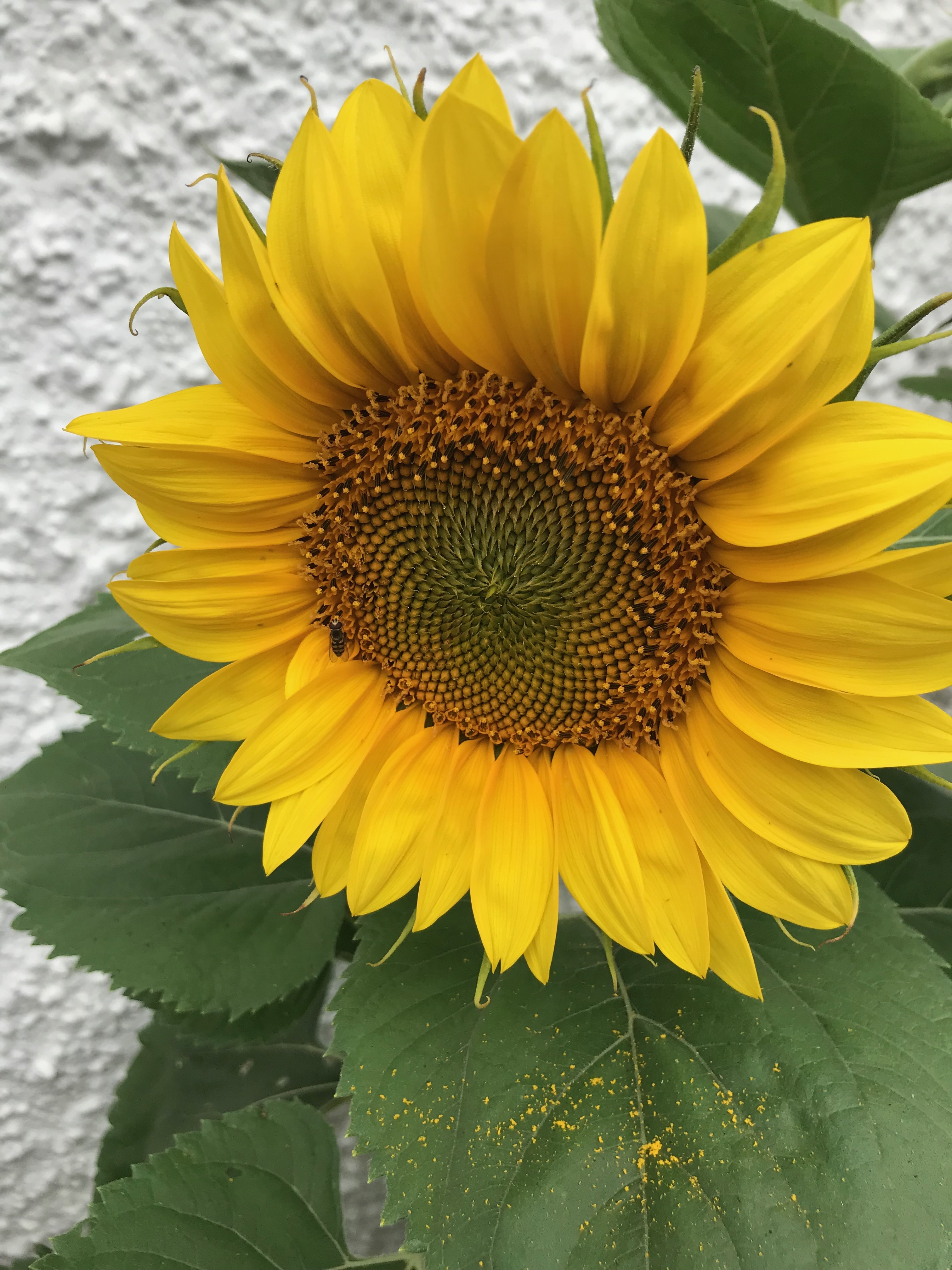Lakelovers Discount Codes – Latest June 2025 Offers!
Discover all of the latest Lakelovers discount codes, voucher codes and offers for 2025 right here! Idyllically positioned in...

With us being treated to some lovely spring weather combined with more time on our hands at home than usual, many of us are turning to our gardens as our escape. If you need some planting inspiration, these easy-care picks will help you gain confidence in the garden. Annuals such as sunflowers and Foxgloves are easy to start from seed and if you fancy starting your own little veg patch, carrots are great to start off with! Start with just one, or select a couple and get growing – you’ll have green fingers in no-time!
 Sunflowers
SunflowersYou can have lots of fun drawing the different stages of a seed growing. You’ll have Van Gough-esque sunflower blooms in less than 100 days! Plus, sunflowers need very little looking after and as they grow to tower over children they really get imaginations growing too.
The best time to plant sunflowers is in late spring when the ground is nice and warm.
Growing sunflowers in pots is a great way to bring colour from the garden onto your patio, porch or even into your home. Most potted sunflowers are dwarf varieties, growing to around 4 feet tall but it is possible to grow larger sunflowers in a bigger pot.
First add a layer of drainage material to the bottom of your pot, such as pebbles or gravel you can find around your garden. Then pour in your soil, it should come to a level about 1 inch from the top of the container. And water it well.
Space your sunflower seeds approximately 6 inches apart in a shallow trench between 1 and 2 inches deep.
Although sunflowers require a lot of water to germinate, they only require an inch of water per week during the growing season. Use a watering nozzle to easily water once a week until the top 6 inches of soil is moist.
Your sunflower seeds should begin to sprout in 7 to 10 days. As you sunflower grows taller, you may need to support the stem, place a twig or stick behind the sunflower and secure the sunflower to it with a piece of string.
 Carrots
CarrotsYou don’t need to have a huge garden to be able to create your own magical Peter Rabbit-inspired vegetable patch. Why not try your hand at growing your own carrots. Orange carrots are the traditional standard, but you can try planting white, yellow, crimson or even purple carrots too!
Carrots can be planted during the warmer months and most take around 70 to 80 days to mature, so make sure to sow your last planting 2 to 3 months before the first expected frost.
To produce the best crop possible, double-dig your planting area or build up a raised bed. Rake the soil free of lumps and stones then plant your seeds in rows. A pinch of 6 seeds to the inch.
Your seeds should take between 1 to 3 weeks to sprout. Water gently to avoid washing seeds away and keep the soil continuously moist.
Thin your crop to 1 inch apart when the tops are 2 inches high, and be thorough because crowded carrots will produce crooked roots. Thin again 2 weeks later to 3 or 4 inches apart.
Carrots become tastier as they grow. You can start harvesting as soon as the carrots are big enough to eat, or leave them all to mature for a single harvest. As not to damage the roots, make sure to hand-pull your carrots, loosening the soil with a trowel before you pull.
TOP TIP: Watering the bed before harvesting softens the soil and makes pulling easier too!
 Foxgloves
FoxglovesFoxgloves are a frequent occurrence on the lower slopes of acid moorland mountains and appear to be one of the only plants that can happily co-exist amidst Bracken. Keep your eyes out on the Tarn Hows circular walk for the Foxgloves…
Foxglove plants grow best in rich, well-draining soil and thrive in full sun to partial shade to full shade, depending on the summer heat.
Foxglove flowers may be grown from seed, producing blossoms in the second year. If flower heads are not removed, Foxglove plants reseed themselves abundantly.
Foxgloves are super easy to care for – just make sure the soil doesn’t dry out or get too soggy.
If you want additional Foxglove plants next year, leave the last flowers of the season to dry on the stalk and drop seeds for new growth.
TOP TIP: Keep children and pets away from Foxgloves as they can be toxic if consumed!